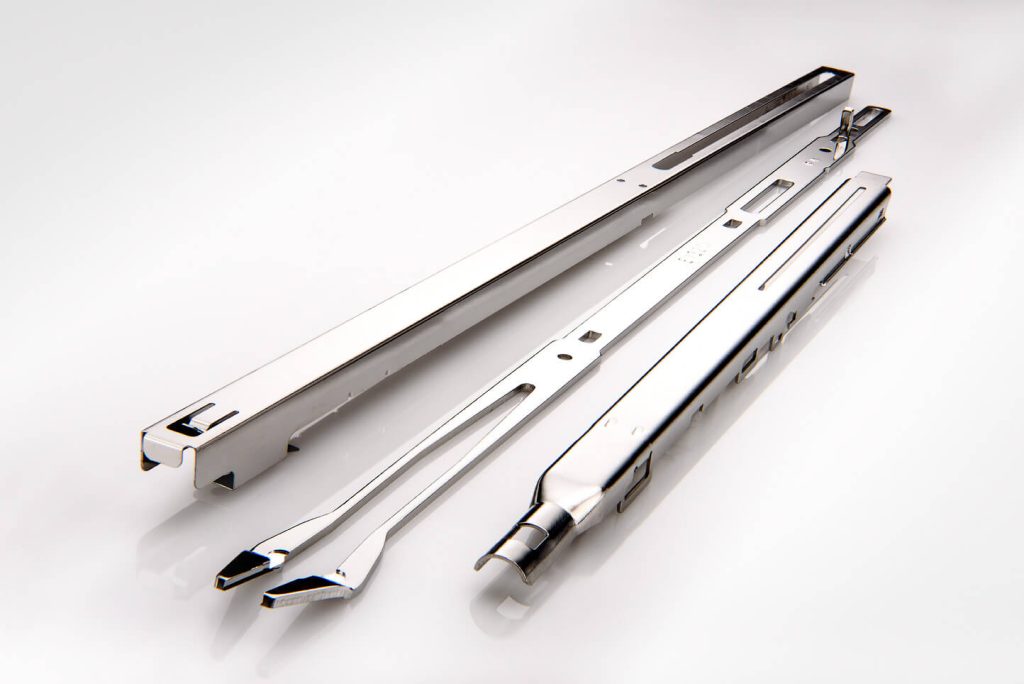1. Medical and Pharmaceutical Industry
The medical and pharmaceutical industries heavily rely on stainless steel components for devices and equipment that must meet strict hygiene and cleanliness standards. Surgical instruments, implants, hospital equipment, and pharmaceutical manufacturing tools are exposed to various sterilization processes, harsh chemicals, and bodily fluids. Passivation helps these components resist corrosion, ensuring their sterility and prolonging their lifespan. In addition, passivation minimizes the risk of contamination, making it essential for components that come into contact with human tissue or medicines.
2. Aerospace Industry
In the aerospace industry, components face extreme environmental conditions such as high altitudes, temperature fluctuations, and exposure to moisture. Stainless steel parts like fasteners, landing gear, and fuel systems must withstand these harsh conditions while maintaining integrity and reliability. Passivation enhances the corrosion resistance of these critical components, ensuring that they remain safe and functional even in the most demanding environments. By using passivation, aerospace manufacturers improve the overall durability and safety of their products.
3. Food and Beverage Industry
The food and beverage industry requires strict adherence to cleanliness and safety standards, especially for equipment and tools that come into direct contact with food. Stainless steel is commonly used in processing equipment, storage tanks, piping, and utensils due to its non-reactive nature and resistance to corrosion. However, contaminants like grease, oil, and food particles can compromise the material’s surface. Passivation helps maintain the integrity of these stainless steel components by removing contaminants and enhancing corrosion resistance, ultimately ensuring the safety and longevity of the equipment.
4. Semiconductor and Electronics Manufacturing
The semiconductor and electronics industries require an extremely clean manufacturing environment, and stainless steel components are widely used in tools and equipment that handle sensitive electronic parts. Passivation ensures that stainless steel components in this industry maintain their purity and prevent contamination from trace metals or other surface impurities. This is critical for protecting delicate electronic devices during the manufacturing process and ensuring their proper functioning over time.
5. Chemical Processing Industry
The chemical processing industry exposes stainless steel equipment to highly corrosive substances, including acids, solvents, and gases. Tanks, pipes, valves, and reactors made from stainless steel are particularly vulnerable to corrosion in these environments. Passivation plays a key role in protecting the surface of these components by forming a uniform, passive oxide layer that resists chemical attack. This process enhances the longevity and safety of equipment, reducing maintenance costs and preventing premature failure in corrosive environments.
Conclusion
The passivation of Stainless Steel is an indispensable process for many industries that rely on stainless steel components. What is passivation? From the medical field to aerospace, food processing, electronics, and chemical manufacturing, passivation improves the performance, safety, and longevity of stainless steel. By removing surface contaminants and enhancing corrosion resistance, passivation ensures that stainless steel components meet the rigorous demands of these industries, providing reliable, long-lasting solutions.










